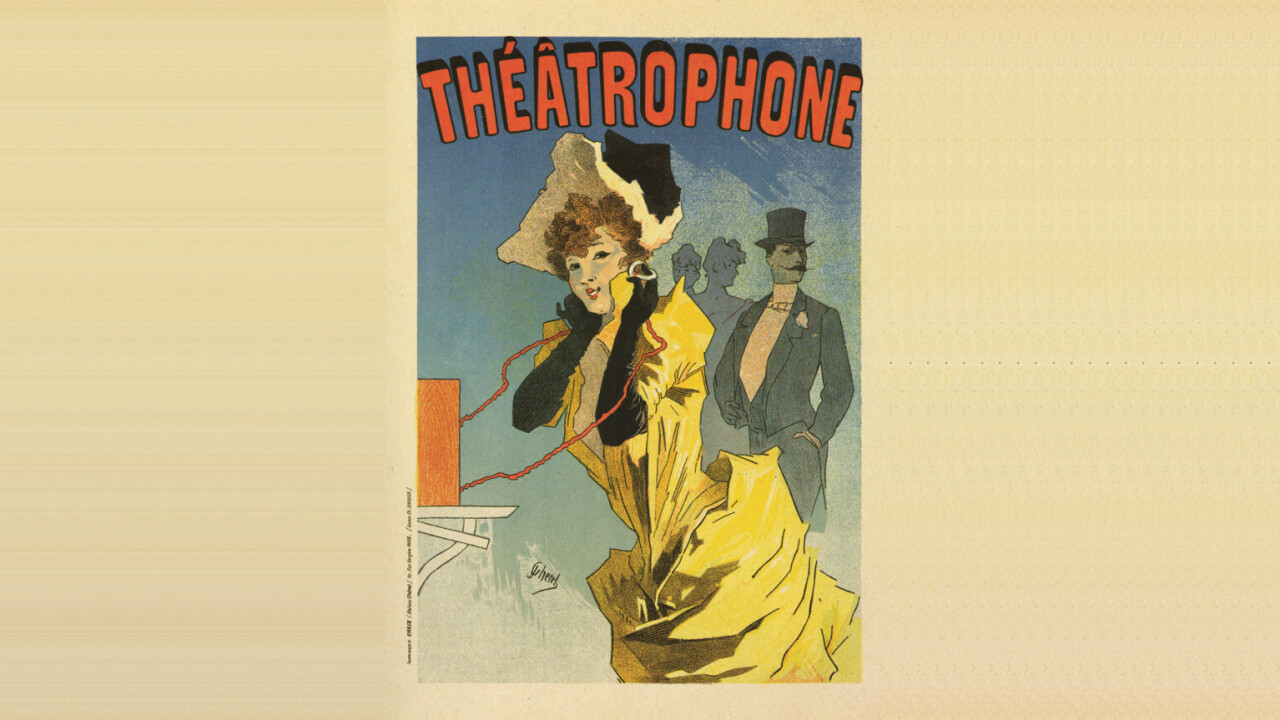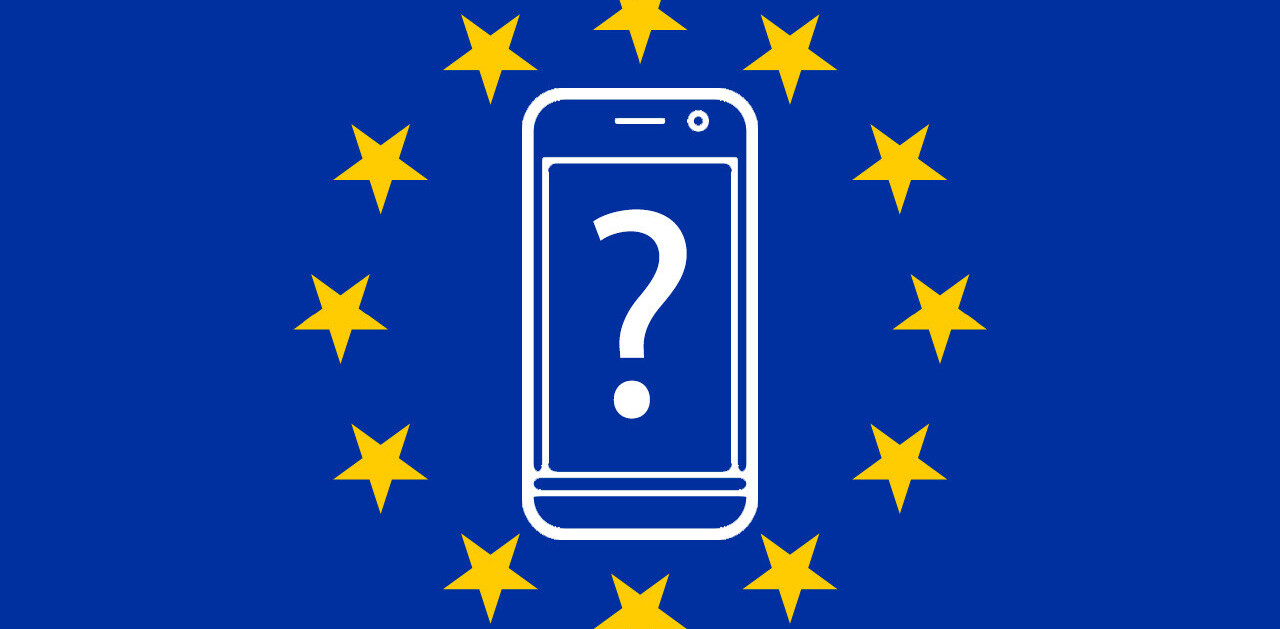As the battle against COVID-19 continues to rage, the plight of Britain’s theaters, which have suffered catastrophic financial strain thanks to lockdown, continues to rumble through the arts world. Theaters were forced to close at the end of March and, with few exceptions, have remained closed since. These venues must decide whether reopening when the latest lockdown eases will be viable, thanks to the very real prospect of continuing social distancing measures which make live performance almost impossible.
Even after the UK came all too briefly out of lockdown in the summer, ticket sales were limited and profits down. Now, with a second lockdown in force and Christmas shows threatened, the future of British theater remains highly questionable.
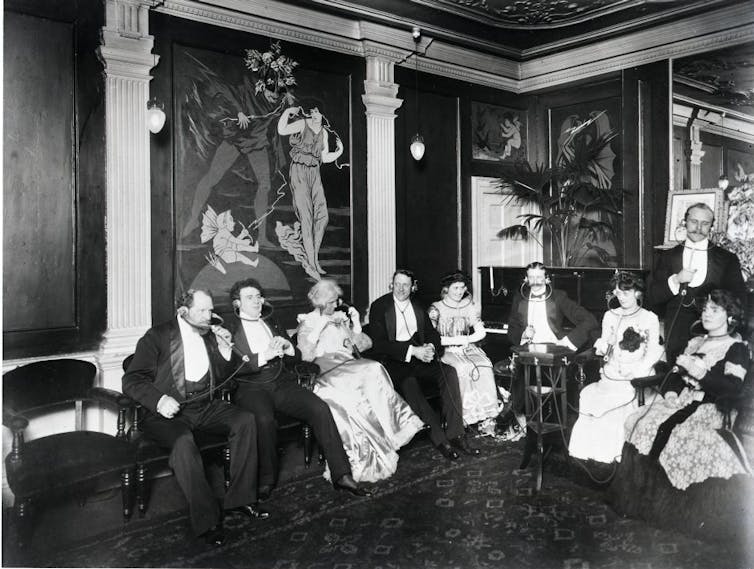
One source of hope has been live-streaming shows – and a number of theater companies, including National Theatre Live had had some success with this format. And, interestingly, the idea of streaming live theater into people’s homes goes back to the Victorian era.
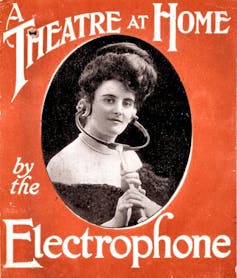
From 1893 to 1925 the London Electrophone Company streamed the sound of live theatre into the home using a telephone device known as an Electrophone.
Inventors of the time, including Alexander Graham Bell, had looked at the telephone and seen something that could be used to reach large groups of people – they understood that telephones cables could be used to deliver information from one person to many, and not just for one-to-one conversations.
Music concerts, scientific lectures, church services and theater shows were “streamed” into the homes of those that could afford it across the country. For those with a smaller budget, listening salons were created. For the first time, you could experience a show without being in the theater. This was, of course, well before the first live radio broadcast in 1920.
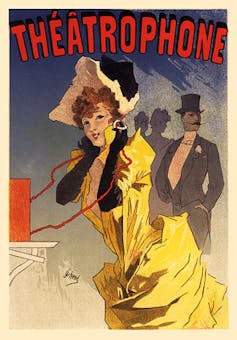
Made possible thanks to the work of Frenchman Ernest Mercadier (who first patented headphones), the Electrophone used primitive headsets, copied from the French Théâtrophone (although, unlike the Théâtrophone, the Electrophone did not use stereo technology). “Circular telephones”, as they were known, were being trialed across Europe in the late 19th century (the Telefon Hirmondo in Hungary was still used as late as 1945).
The Electrophone was most similar to the French version because it streamed audio from theater and music venues, while both the Hungarian and Italian versions were slightly different because they also broadcast their own news service to subscribers.
Shock of the new
The Electrophone worked by sending information through telephone wires into a central receiver in the home where one or more headsets could be installed (each additional headset came with an extra cost). The sound listeners heard would be from small microphones secreted behind the footlights at the front of the stage. In church services the microphones were hidden in fake wooden bibles.
Each Electrophone performance was a genuine live show taking place somewhere in the country – most commonly the big London theaters, such as the Adelphi Theater or Covent Garden Opera. In 1896, the Musical Standard reported users from the time saying they could hear audience members in the theater “rustling like leaves” during the performance, which was broadcast live as it happened.
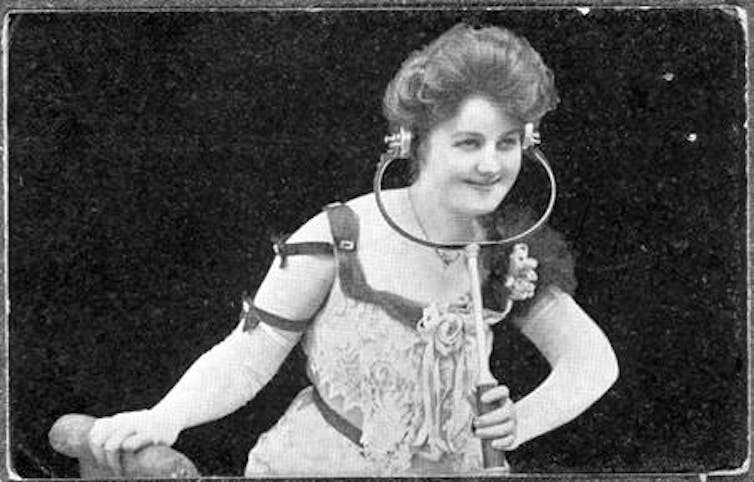
Streaming genuine live shows meant that the listener at home experienced the start, end and interval of a show just as if they were there. If someone slipped up or forgot a line, this would be just as obvious to audience members listening on headphones as it was to those inside the theater. And Electrophone listeners could enjoy the experience of finding out “whodunit” at the same time as audience members sitting in the stalls.
The Electrophone cost £5 a year when it was first available for subscription in the 1890s – equivalent to around £120 today – and the unobtrusive nature of the technology involved meant that there was no need to reduce the size of the theater audience. The London Electrophone Company paid for the technology to be installed in the theater, the National Telephone Company (later the Post Office) would pay for the upkeep of the telephone lines and the theatre would receive a share of the Electrophone Company’s profits – exact records of how profits were shared are yet to be uncovered.
Subscribers could pay an additional fee to be connected to a theater for the season, such as the Covent Garden winter season. The high cost of the Electrophone (much more than a Netflix subscription today) almost certainly meant it was mainly used by the wealthy, but sets installed in hotels, public gardens and exhibitions were operated by the use of coin slots and, for a smaller fee, people could listen to snippets of live theater and musical broadcast.
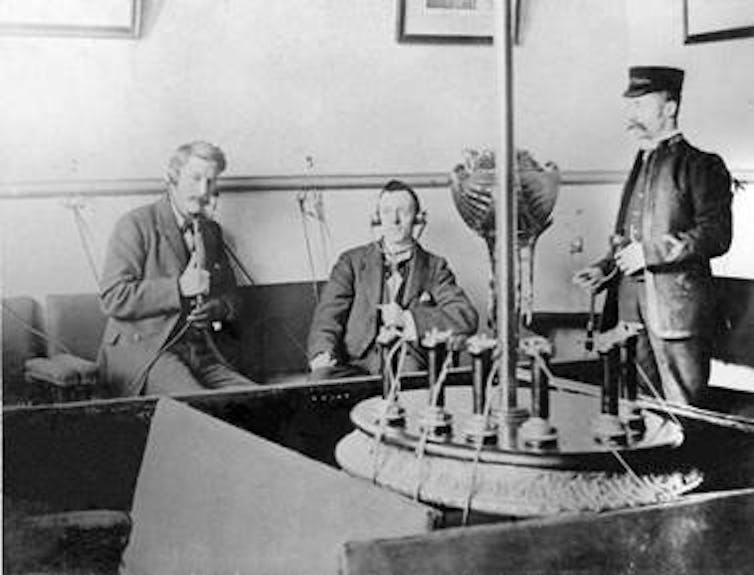
People unable to attend the theater, for whatever reason, could listen at home – just as French novelist Marcel Proust did in the early 20th century when he was too sick to make it out of his house.
Grand tradition
Since COVID-19 hit the UK, theaters have had to reduce audiences numbers to enable social distancing. It has meant less income for theaters and all those involved in productions. But some companies have successfully combined the live experience with the live stream, as Victorian theaters did with the Electrophone.
The London Electrophone Company closed its doors in 1925 because it simply did not have enough customers to survive. The idea of sitting still for an extended period and listening through headphones was bizarre for most people at that time. But these days a generation has grown up with streaming technology, so the challenge the Electrophone faced in selling its product has been less of a concern.
With the prospect of months of restrictions, we’re likely to see more live-streaming, especially once theaters and live performers work out how to put on socially distanced productions. But, when settling down at home to watch a screening of your favorite stage show, bear in mind that you are revisiting a tradition set by theater lovers some 150 years ago.![]()
This article by Natasha Kitcher, Doctoral Researcher, Department of Communication and Media, Loughborough University, is republished from The Conversation under a Creative Commons license. Read the original article .
Get the TNW newsletter
Get the most important tech news in your inbox each week.
